Growing Demand for Sports Braces
The surge in sports participation across various demographics seems to be significantly influencing the Knee Brace Market. As more individuals engage in sports, the likelihood of knee injuries rises, leading to a heightened demand for protective gear such as knee braces. Market data suggests that the sports segment is expected to witness substantial growth, with a projected increase in sales driven by both amateur and professional athletes. This trend is further supported by the growing awareness of injury prevention strategies among sports enthusiasts. Consequently, manufacturers are innovating and diversifying their product offerings to cater to this expanding market segment, which may enhance their competitive edge.
Expansion of E-commerce Platforms
The rapid expansion of e-commerce platforms is transforming the retail landscape for the Knee Brace Market. With the increasing prevalence of online shopping, consumers are now able to access a wider range of knee brace options from the comfort of their homes. This shift is particularly beneficial for niche products that may not be readily available in traditional retail outlets. Market data indicates that online sales of knee braces are on the rise, driven by the convenience and accessibility of e-commerce. Furthermore, the ability to compare products and read customer reviews enhances consumer confidence in their purchasing decisions. As e-commerce continues to grow, it is likely to play a pivotal role in shaping the future of the knee brace market.
Rising Incidence of Knee Injuries
The increasing prevalence of knee injuries, particularly among athletes and the elderly, appears to be a primary driver for the Knee Brace Market. Statistics indicate that knee injuries account for a substantial portion of sports-related injuries, with millions of cases reported annually. This trend is likely to escalate as more individuals engage in physical activities, thereby increasing the demand for knee braces. Furthermore, the aging population, which is more susceptible to degenerative knee conditions, contributes to this rising incidence. As a result, healthcare providers and consumers are increasingly recognizing the importance of knee braces for injury prevention and rehabilitation, thereby propelling the market forward.
Increased Focus on Preventive Healthcare
The rising emphasis on preventive healthcare is emerging as a significant driver for the Knee Brace Market. As individuals become more health-conscious, there is a growing recognition of the importance of preventive measures, including the use of knee braces to avoid injuries. This shift in mindset is reflected in market trends, where consumers are increasingly seeking products that promote long-term joint health. Additionally, healthcare professionals are advocating for the use of knee braces as part of comprehensive injury prevention strategies. This trend is likely to foster a more proactive approach to health management, thereby stimulating demand for knee braces in various settings, including sports, rehabilitation, and daily activities.
Technological Innovations in Knee Braces
Technological advancements in the design and functionality of knee braces are likely to play a crucial role in shaping the Knee Brace Market. Innovations such as lightweight materials, adjustable designs, and smart technology integration are enhancing the effectiveness and comfort of knee braces. For instance, the introduction of braces equipped with sensors that monitor movement and provide real-time feedback is gaining traction. This trend not only appeals to consumers seeking improved performance but also aligns with the growing emphasis on personalized healthcare solutions. As manufacturers continue to invest in research and development, the market is expected to expand, driven by the introduction of advanced products that meet diverse consumer needs.


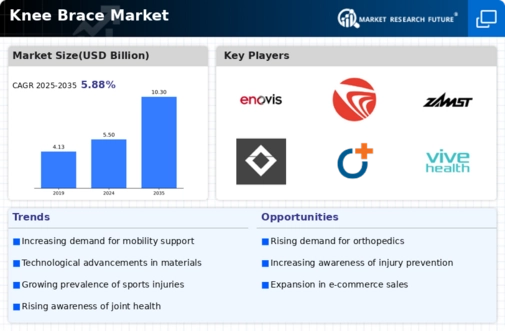
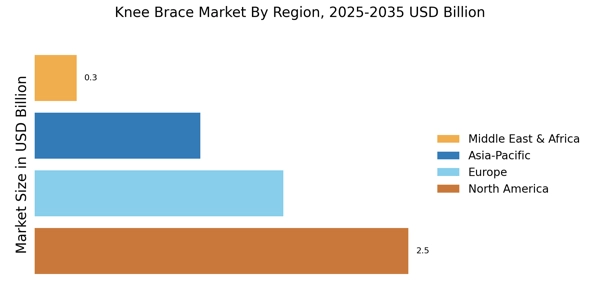
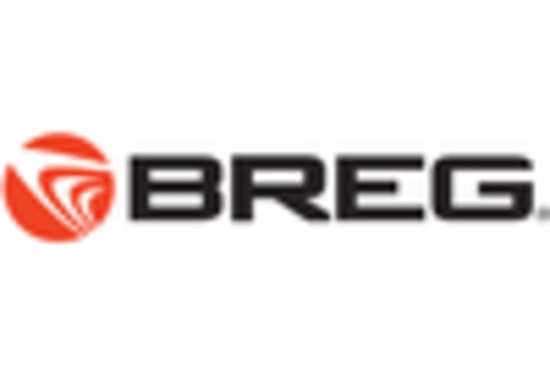

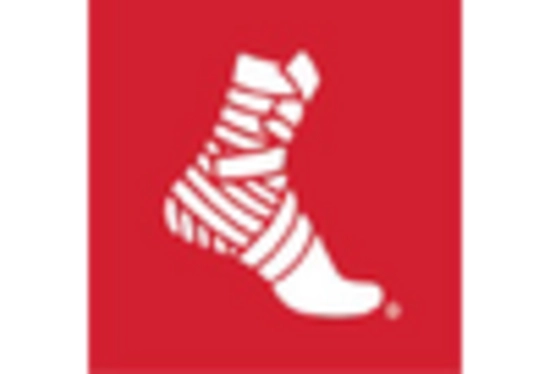
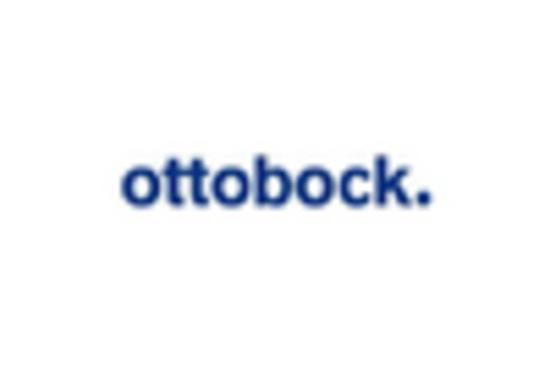
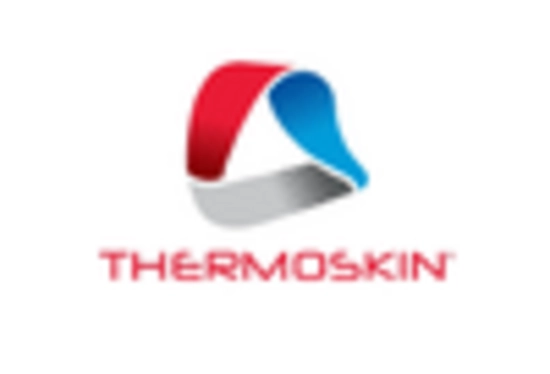
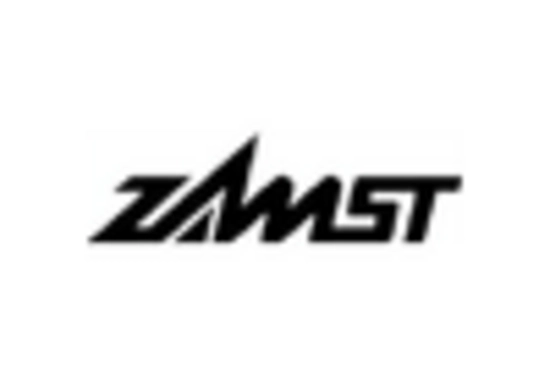








Leave a Comment